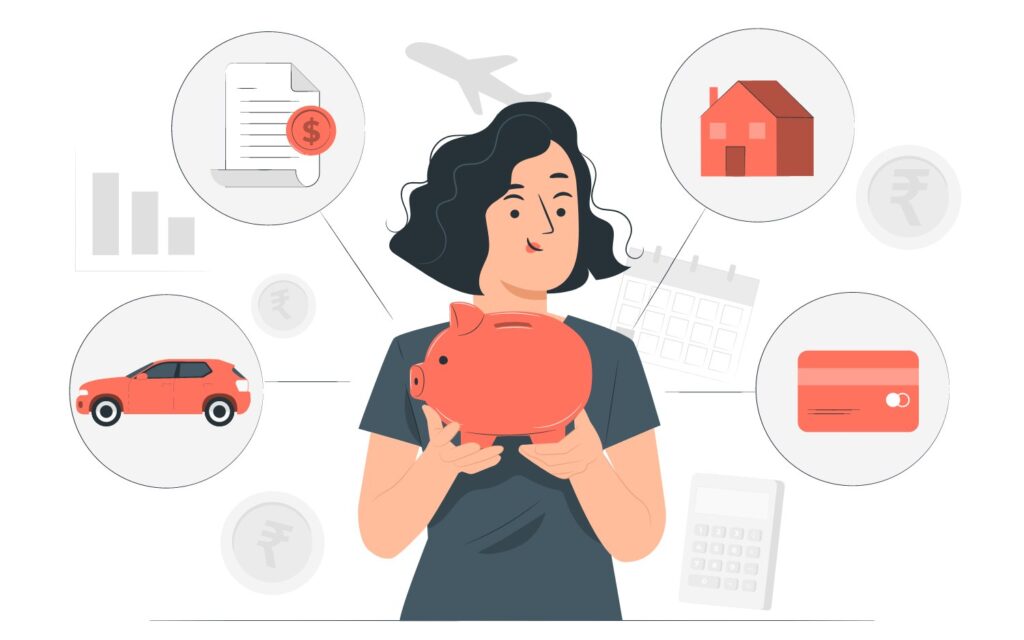Debt is another important component of the portfolio of the individual. It is that part of the total investment amount that will yield steady returns and provide an element of stability to the portfolio. Even though this might not derive the entire returns of the portfolio or seem to be no match against the returns of equity, its role is very important in the overall scheme of things for the individual investor.
There are two ways of earning on debt. The first and most common route is to earn interest on holding the debt instrument. The second route is a capital gain when the debt instrument is traded in the market and sold for a price higher than what it was bought for. Most people will get income in the form of interest because the debt instruments that they hold are either not traded or their nature is such that they are redeemed on the due date without any market for it.
When interest is the main form of the return of the debt instrument then the coupon rate is the key. This is the rate that the instrument pays out on the face value. Thus if the face value is Rs 100 and the coupon rate is 8% then a person will get a return of Rs 8. When an instrument is traded the yield becomes an important factor where the yield consists of both the coupon rate as well as the gains made on the instrument. This yield is not a constant figure as it changes along with the change in the price of the instrument.
There are a lot of options both direct as well as indirect when it comes to investing in a debt instrument and the investor has a lot of choices in the matter. Debt brings an element of stability and is important for the investor who might want to reduce the risk element. In most cases, there is no need for daily monitoring as the interest payment is at specified time intervals only.






